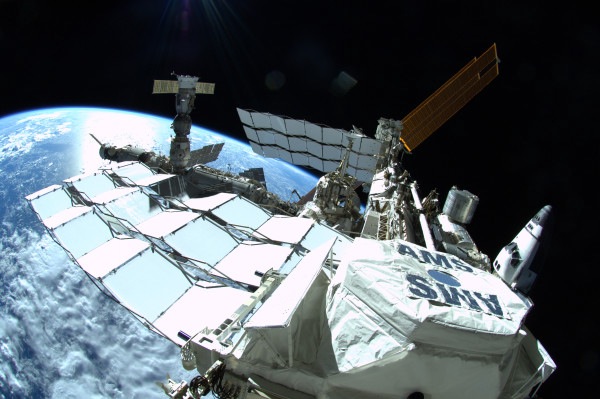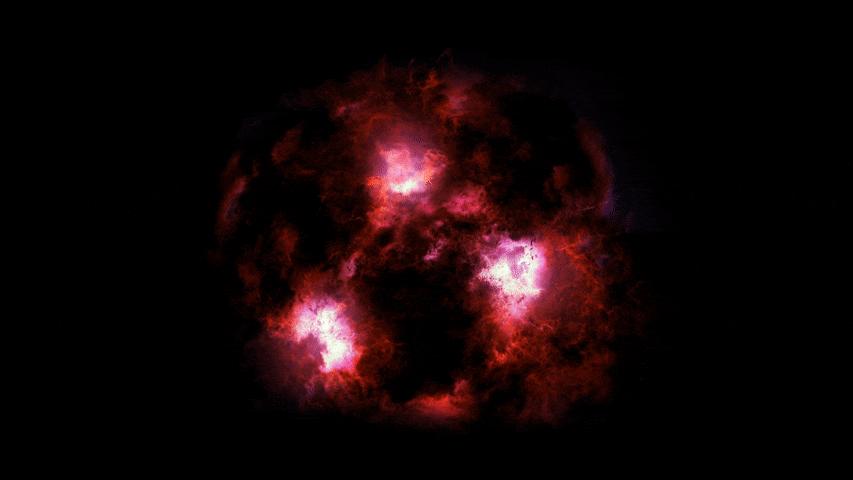When you purchase through links on our internet site , we may take in an affiliate commission . Here ’s how it ferment .
Earth and humanity
On that third , watery world , between 3.8 and 3.5 billion year ago ( bet on whom you ask ) , tiny , simple microbe wink into existence . These life sentence - contour emerged and evolved into wondrous ocean monsters and mammoth , leafage - eating dinosaur . finally , about 200,000 years ago , along come upright wight capable of marveling at our mysterious universe and discovering how the whole thing came to be .
The end (or not?)
Of course , that is n’t the end of things . Physicists still do n’t quite know what ’s in store for the universe . That depends on the details of saturnine energy , a still - cryptical force out driving apart the cosmos and whose properties have not been well measured . In one potential future , the population will extend to expand incessantly , long enough that all the stars in all the wandflower will have run out of fuel , and even black pickle will evaporate into nothing , provide behind a utter macrocosm permeated by soggy free energy . Or , solemnity will eventually overcome dreary energy ’s expansionary force , pull all thing back together in a sort of reverse Big Bang get it on as the Big Crunch . Alternatively , dark-skinned energy could speed everything apart further and farther from everything else , creating what ’s known as the Big Rip , in which the cosmos literally tear itself apart .



















